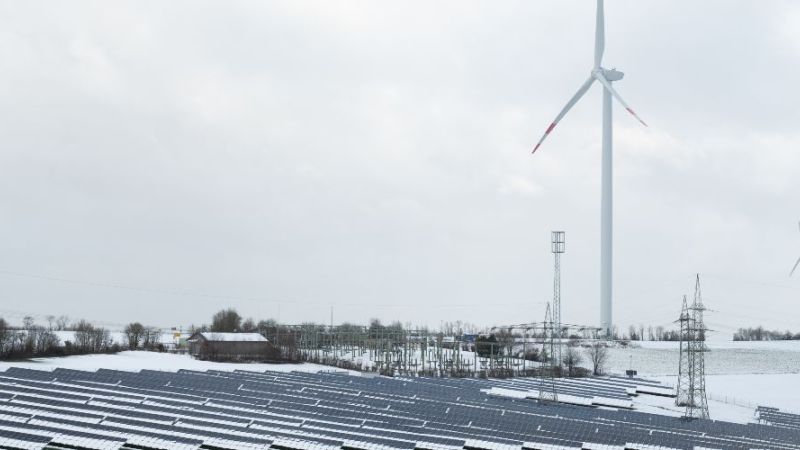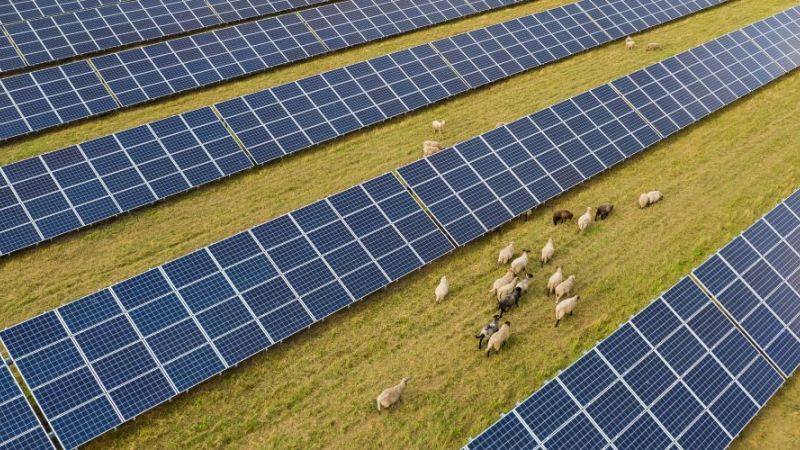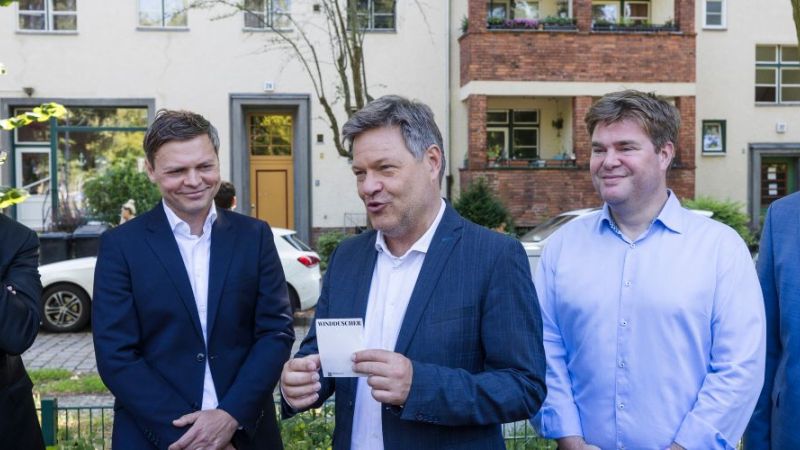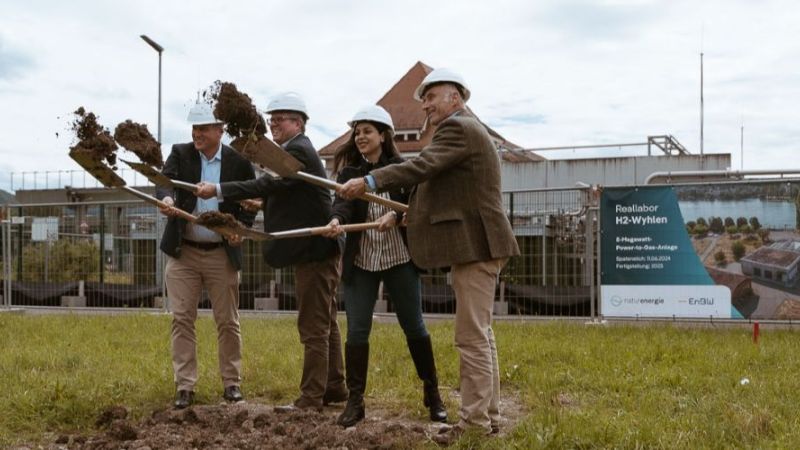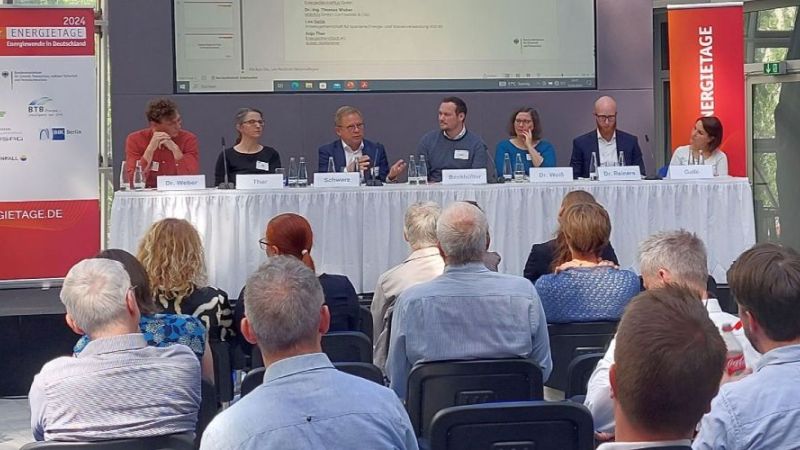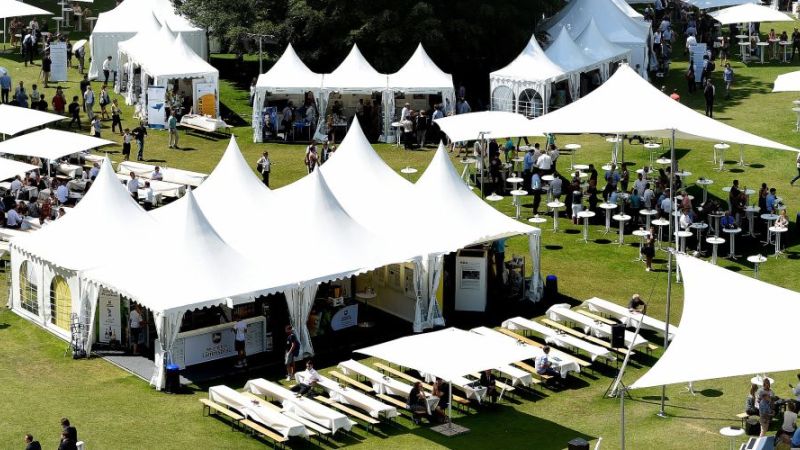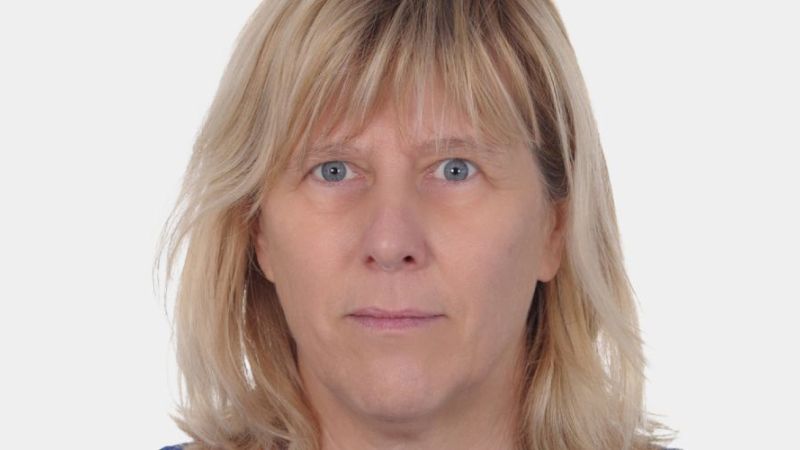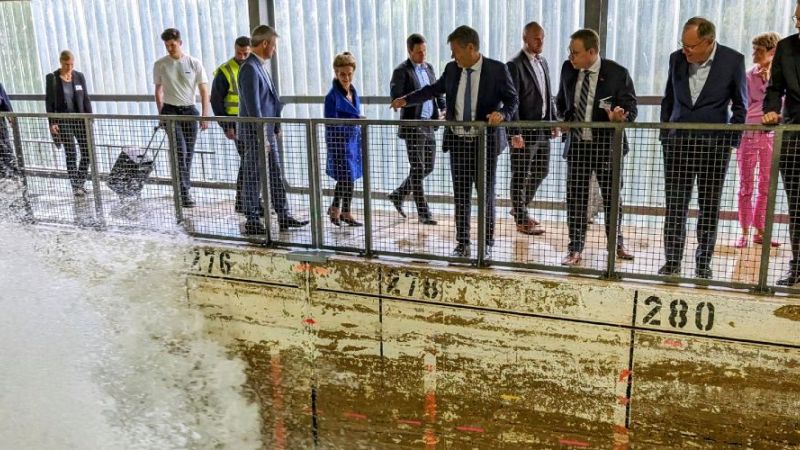 © PtJ – Meike Bierther
© PtJ – Meike Bierther
Geothermal energy
IEA-Film shows latest geothermal energy technologies
With "Energy for Tomorrow – Innovative Geothermal Technology", the International Energy Agency (IEA) is providing an insight into current research projects.
The film celebrated its premiere at the IEA’s Central America Geothermal Workshop in Costa Rica. In the film, key players in the German geothermal sector from industry and research show their latest development approaches, especially in the drilling technologies field. Drilling still accounts for a large part of the costs for geothermal plants. However, this aspect is being specifically addressed by scientists. Whether with lasers or electrical impulses, with combined or automatic drilling processes – the ideas are there. And also broad consensus that Germany offers huge potential for utilising geothermal energy.
The film’s protagonists see an even greater commitment to research and development as key to further expanding geothermal energy. Innovative drilling technologies can significantly reduce costs, increase productivity and thus make geothermal energy more attractive.
Weakening rock with laser beams
Many of the projects presented here address precisely this aspect. With the LaserJetDrilling process developed at Bochum University of Applied Sciences, for example, scientists are using a laser beam to weaken rock. Only then do they apply conventional hydraulic and mechanical drilling technologies. The benefit: This significantly reduces the energy requirement and duration of the drilling process – and therefore also the costs. A team from Dresden University is relying on a similar principle with the EIV drilling system, which is an electro-pulse process. Here short electrical pulses destroy the rock.
The Herrenknecht company is pursuing a different approach to tapping geothermal energy more efficiently. It develops automated drilling rigs that work faster and use less energy. Engineers at the Baker Hughes company are also looking at how they can increase the service life of submersible centrifugal pumps by improving materials and technical components. These can cost several hundred thousand euros per unit.
Munich’s municipal utility company banking on geothermal energy
Munich’s Stadtwerke München municipal utility company represents the user side of geothermal technologies in the film. The Bavarian capital has already received international recognition for its vision of providing heat in a CO2-neutral way by 2040. In order to achieve its goal, the city is relying on not only new technologies but, in particular, greater knowledge about heat reservoirs. This should help improve the management and reduce the costs of geothermal projects.

